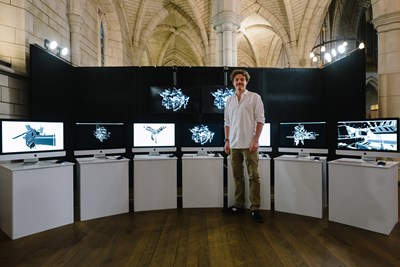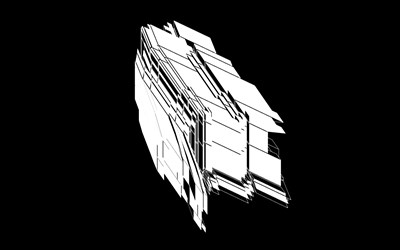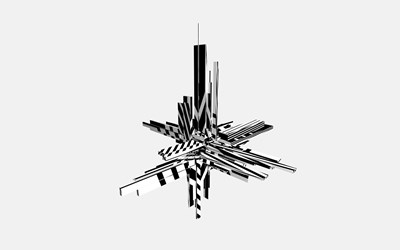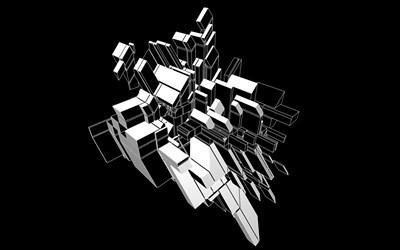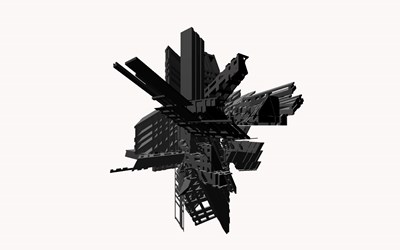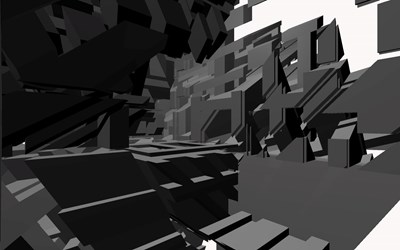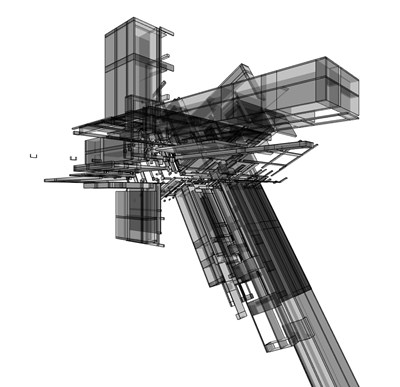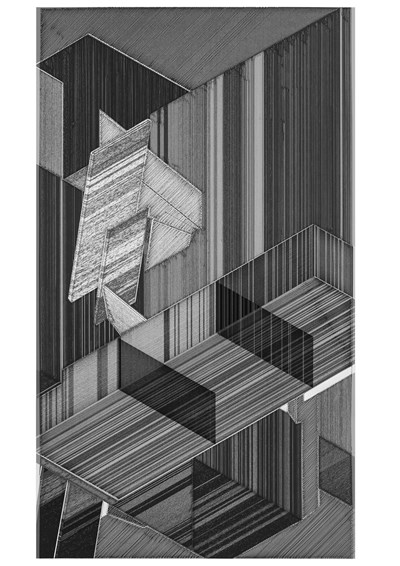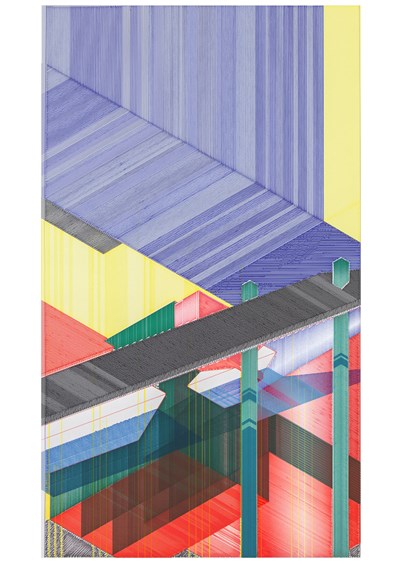Jordan Anderson from Te Herenga Waka, Victoria University of Wellington, Wellington School of Architecture was a finalist in the Te Kāhui Whaihanga Resene 2020 Student Design Awards for his project 'Collegial Computation'.
Project description
Collegial Computation, at its core, is a conversation, a Korero. However, this is not a conversation with another human designer, but with a computer as a partner in the conceptual design process. The collegial aspect of this project looks at giving the computer shared agency in its interpretation of the 'unknown' and bringing it into the 'known'.
Coding can be a creative practice within architecture, and this project argues that coding is not a mere tool for designing or graphic representation, but a particular design medium with its own affordances and resistances. Using code as a design medium provides a specific form of feedback which influences the design process and its outcomes as a whole. Code is technological and conceptual support for design thinking and generation. In other words, code and coding can have agency in architectural design and its processes.
This research is based on a number of cases from design practice and theory, from small personal design experiments through to developing a software tool.
Judges' citation
A bold, unconventional vision that reconsiders the computer / human interface in the design process and stretches the idea of collaboration into the digital realm. This is a brave proposal, one that voluntarily relinquishes key parts of the designer's role and instead vests agency into a non-human 'colleague'. Using code, Jordan has succeeded in generating forms which were compositionally and spatially compelling with limited or no active input. Although the designer's role was limited by the nature of the process, his design sensibilities were still readily apparent in the computer-generated forms. The protocol developed has a wide range of applications beyond the field of architecture.




